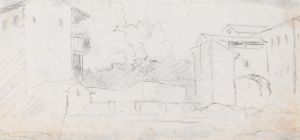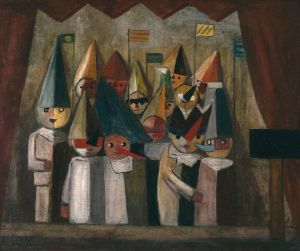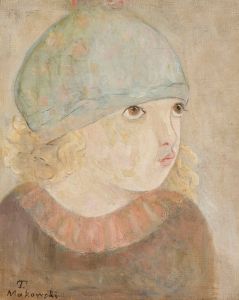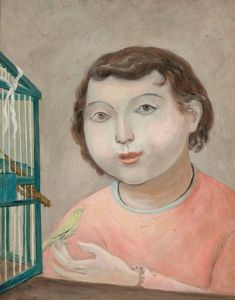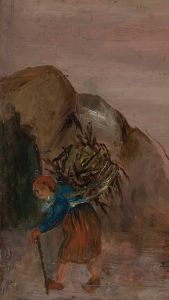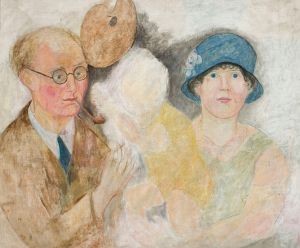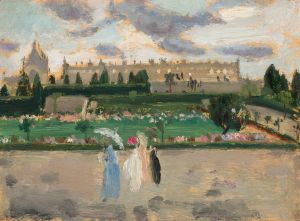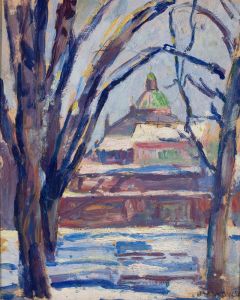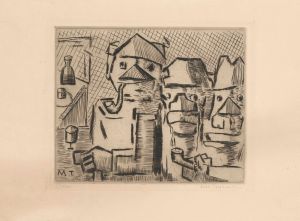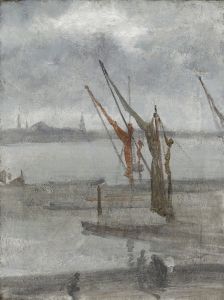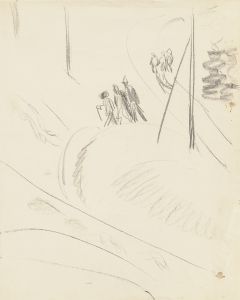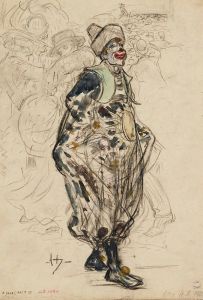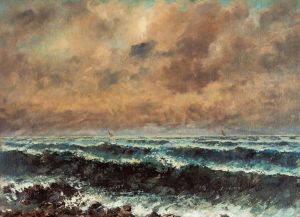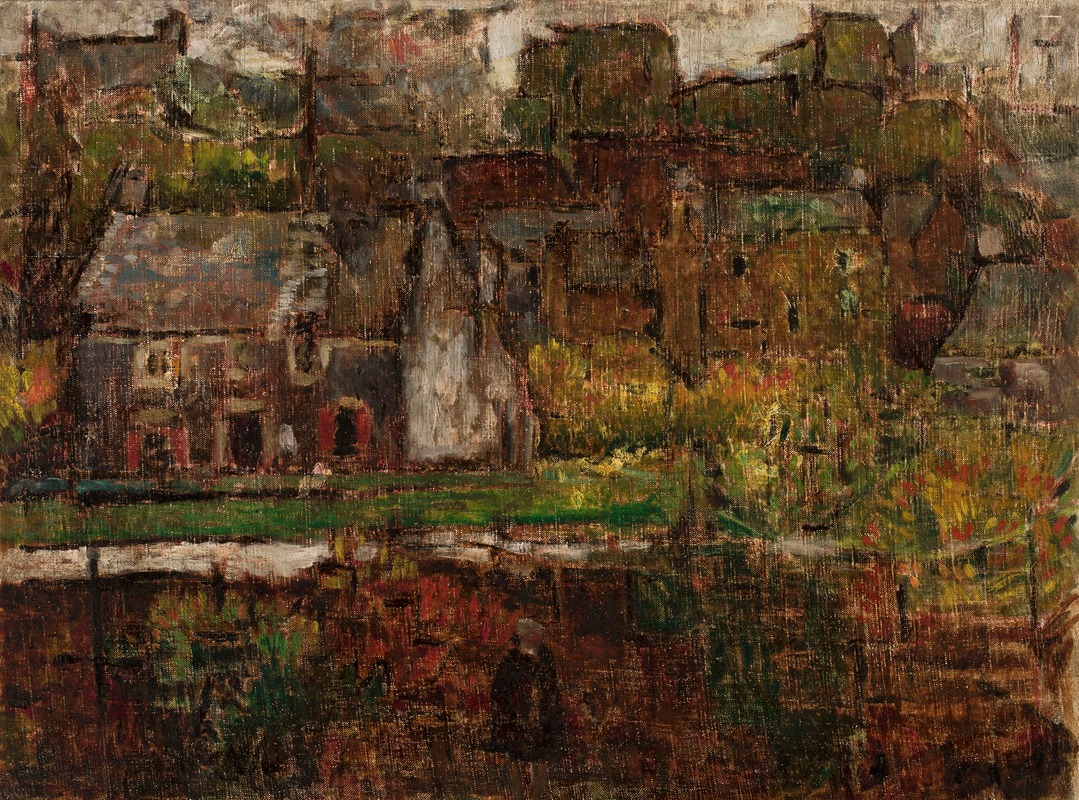
Widok miasta nad wodą
A hand-painted replica of Tadeusz Makowski’s masterpiece Widok miasta nad wodą, meticulously crafted by professional artists to capture the true essence of the original. Each piece is created with museum-quality canvas and rare mineral pigments, carefully painted by experienced artists with delicate brushstrokes and rich, layered colors to perfectly recreate the texture of the original artwork. Unlike machine-printed reproductions, this hand-painted version brings the painting to life, infused with the artist’s emotions and skill in every stroke. Whether for personal collection or home decoration, it instantly elevates the artistic atmosphere of any space.
Tadeusz Makowski was a Polish painter known for his unique style that combined elements of Post-Impressionism and Cubism. He was born on January 29, 1882, in Oświęcim, Poland, and later moved to Paris, where he spent much of his artistic career. Makowski's work is characterized by its use of geometric forms and a focus on everyday scenes, often featuring children and rural life.
"Widok miasta nad wodą" (View of a City by the Water) is one of Makowski's notable works, although specific details about this painting are limited. Makowski's paintings often reflect his interest in capturing the essence of his subjects through simplified forms and a muted color palette. His style is marked by a blend of realism and abstraction, which allows viewers to engage with the emotional and atmospheric qualities of his work.
Makowski's time in Paris exposed him to various avant-garde movements, and he was influenced by artists such as Paul Cézanne and the Cubists. This influence is evident in his approach to composition and form, where he often breaks down objects into basic geometric shapes. Despite these influences, Makowski maintained a distinct style that set him apart from his contemporaries.
The themes in Makowski's work often revolve around childhood and innocence, depicted through scenes of children at play or in quiet contemplation. This focus on children can be seen as a reflection of his own nostalgia and longing for the simplicity of rural life, which he experienced during his upbringing in Poland. His paintings convey a sense of timelessness and universality, capturing moments that resonate with viewers on an emotional level.
Makowski's work gained recognition during his lifetime, and he exhibited in various galleries and salons in Paris. His paintings are held in several major collections, including the National Museum in Warsaw and the Musée d'Orsay in Paris. Despite his success, Makowski remained somewhat of an outsider in the art world, choosing to follow his own artistic vision rather than conform to prevailing trends.
"Widok miasta nad wodą" exemplifies Makowski's ability to blend realism with abstraction, creating a scene that is both familiar and dreamlike. The painting likely depicts a cityscape reflected in water, a common motif in art that symbolizes reflection and tranquility. Through his use of color and form, Makowski captures the interplay between the built environment and the natural world, inviting viewers to contemplate the relationship between the two.
Tadeusz Makowski passed away on November 1, 1932, in Paris, leaving behind a legacy of work that continues to be celebrated for its emotional depth and artistic innovation. His paintings remain a testament to his ability to convey complex themes through simple yet powerful imagery. While specific details about "Widok miasta nad wodą" may be scarce, the painting is a part of Makowski's broader oeuvre that reflects his unique perspective on the world around him.





